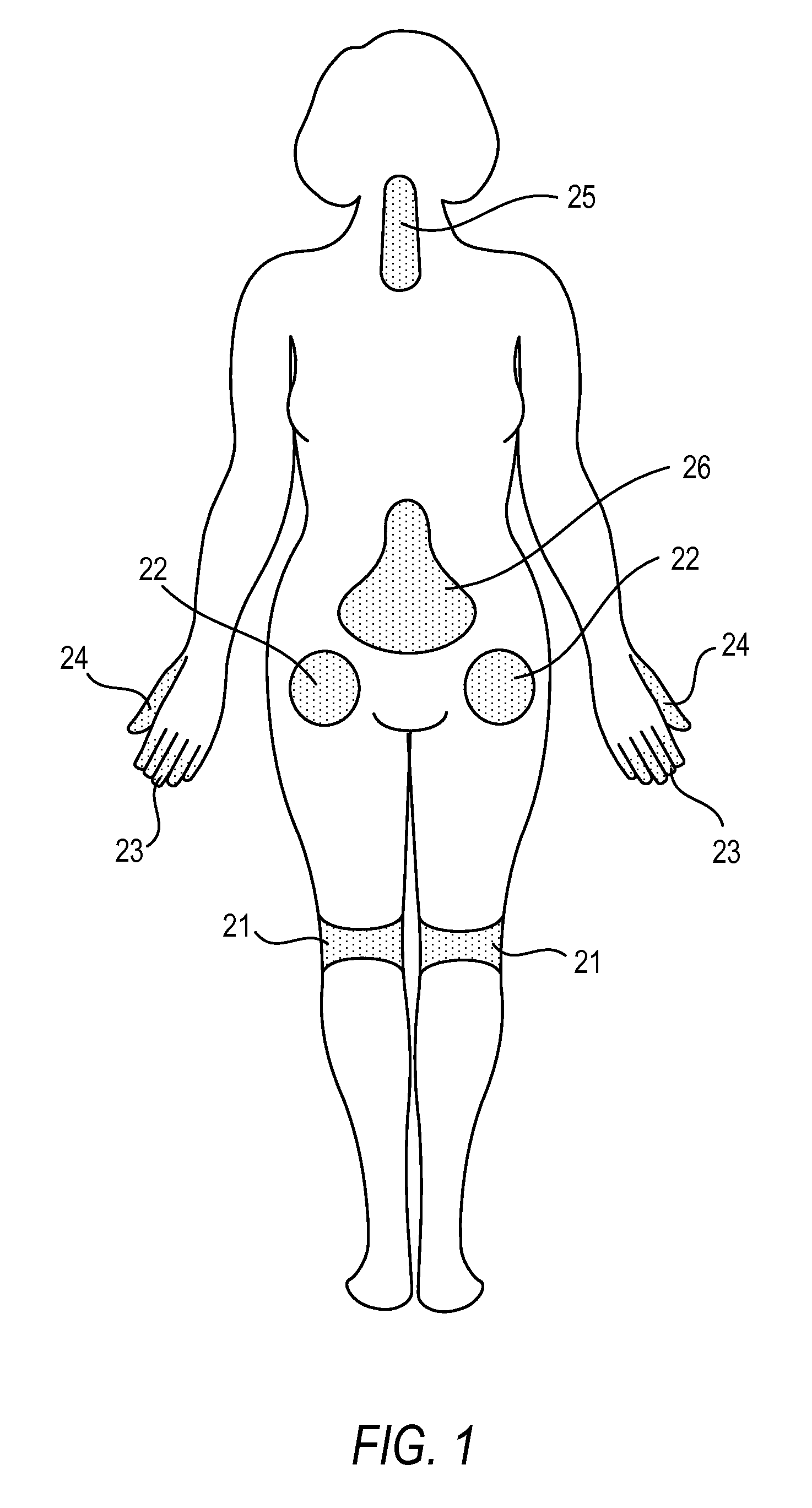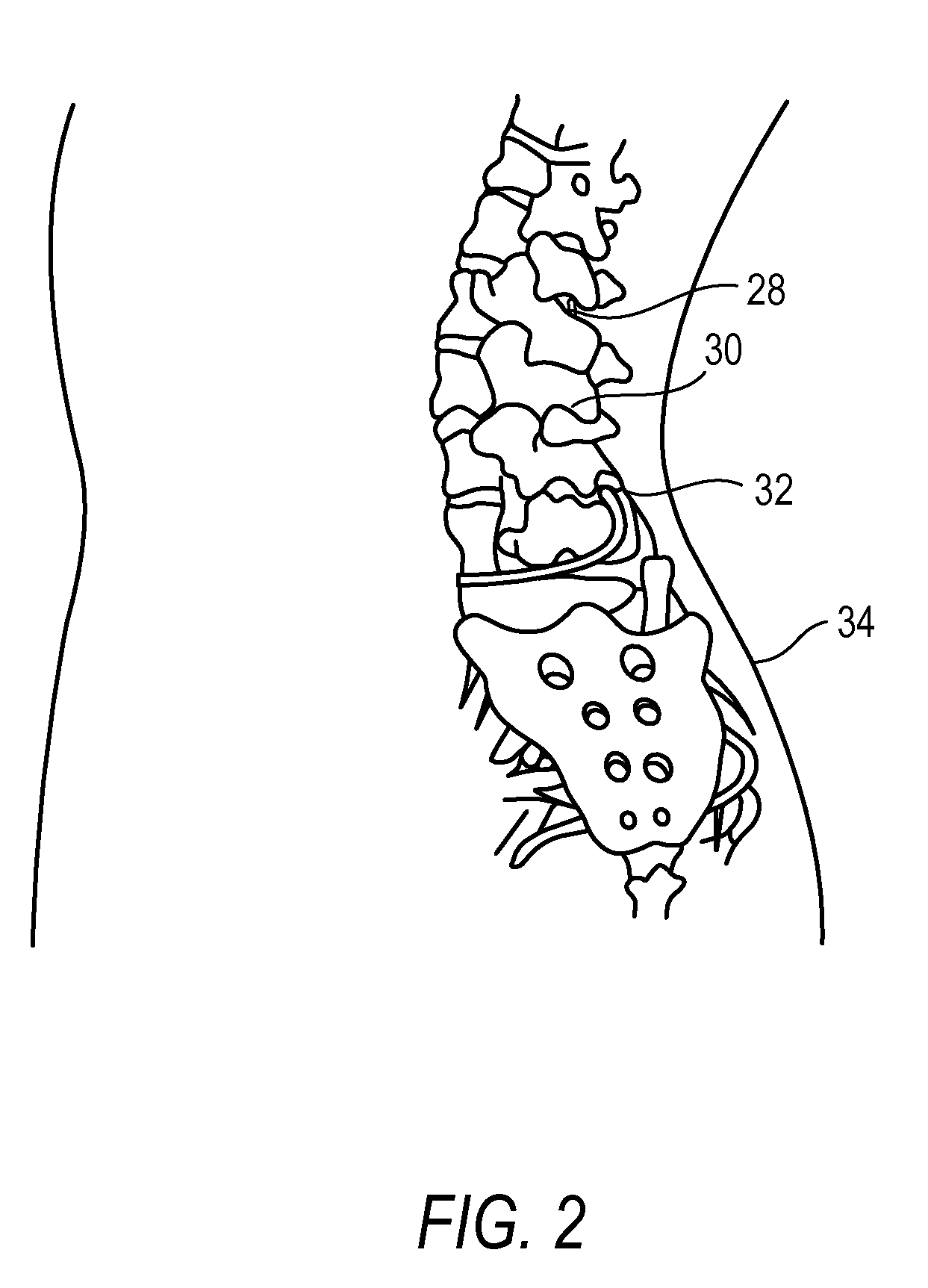Methods for treating conditions such as dystonia and post-stroke spasticity with clonidine
a technology of dystonia and post-stroke spasticity, which is applied in the field of neurologic movement disorders, can solve the problems of periodic or sustained unnatural positioning of the head, jerky head movements, and considerable pain and discomfort, and achieve the effects of reducing, preventing or treating dystonia and/or post-stroke spasticity, and reducing the number of patients
- Summary
- Abstract
- Description
- Claims
- Application Information
AI Technical Summary
Benefits of technology
Problems solved by technology
Method used
Image
Examples
example 1
Formulation Testing
[0201]The inventors prepared a number of clonidine formulations in which they varied the polymer type, drug load, excipient (including some formulations in which there was no excipient), pellet size and processing. These formulations are described below in Table 1, Table 2 and Table 3. A number of tests were performed on these formulations, including in vitro release tests in which the number of micrograms released was measured, as well as the cumulative percentage release of clonidine. The results of these tests appear in FIGS. 5-36.
[0202]FIG. 5 is a graphic representation of a study of the cumulative release by percentage of clonidine HCl sterilized formulations for an in vivo efficacy study mentioned in FIGS. 3 and 4. In FIG. 5, the formulations (first three of Table 3) contained: 8.1 wt. % clonidine, the remainder 100 DL 5E (the inherent viscosity of the 100 DL was 0.45-0.55 and had an ester end group), or 7.2 wt. % clonidine, the remainder 100 DL 7E (the inhe...
example 2
[0240]The inventors evaluated the efficacy of a five month Clonidine / Polymer Drug Depot in the Rat Chronic Constriction Injury Model. The animal model was the Bennett Model (Wistar rat). The purpose: To determine whether a five month polymer clonidine-eluting depot can improve pain associated behavioral responses in a rat model of neuropathic pain.
[0241]Experimental Design: Four loose chromic gut ligatures, 1 mm apart, were tied around the common sciatic nerve at mid-thigh. Each animal received treatment of a test or control article according to the dosing described in Table 5.
[0242]
TABLE 5GroupNumberTreatmeutDoseComments1Clonidine0.02 mg / kg SCClonidine control2100 DL 7E0%4 pellets (3 mm × 0.7 mm)3100 DL 7E5%Clonidine HCl; 4 pellets(3 mm × 0.7 mm)4100 DL 5E5%3 pellets (3 mm × 0.7 mm)5100 DL 5E7%3 pellets (3 mm × 0.7 mm)6100 DL 7E7%3 pellets (3 mm × 0.7 mm)7POE0%5 pellets(1.5 mm × 0.7 mm)8POE10 and 20%clonidine-base; 5 pellets(1 20% @ 0.7 mm2:4 10% @ 1.5 mm × 0.7 mm)
[0243]The invento...
PUM
| Property | Measurement | Unit |
|---|---|---|
| wt. % | aaaaa | aaaaa |
| wt. % | aaaaa | aaaaa |
| wt. % | aaaaa | aaaaa |
Abstract
Description
Claims
Application Information
 Login to View More
Login to View More - R&D
- Intellectual Property
- Life Sciences
- Materials
- Tech Scout
- Unparalleled Data Quality
- Higher Quality Content
- 60% Fewer Hallucinations
Browse by: Latest US Patents, China's latest patents, Technical Efficacy Thesaurus, Application Domain, Technology Topic, Popular Technical Reports.
© 2025 PatSnap. All rights reserved.Legal|Privacy policy|Modern Slavery Act Transparency Statement|Sitemap|About US| Contact US: help@patsnap.com



